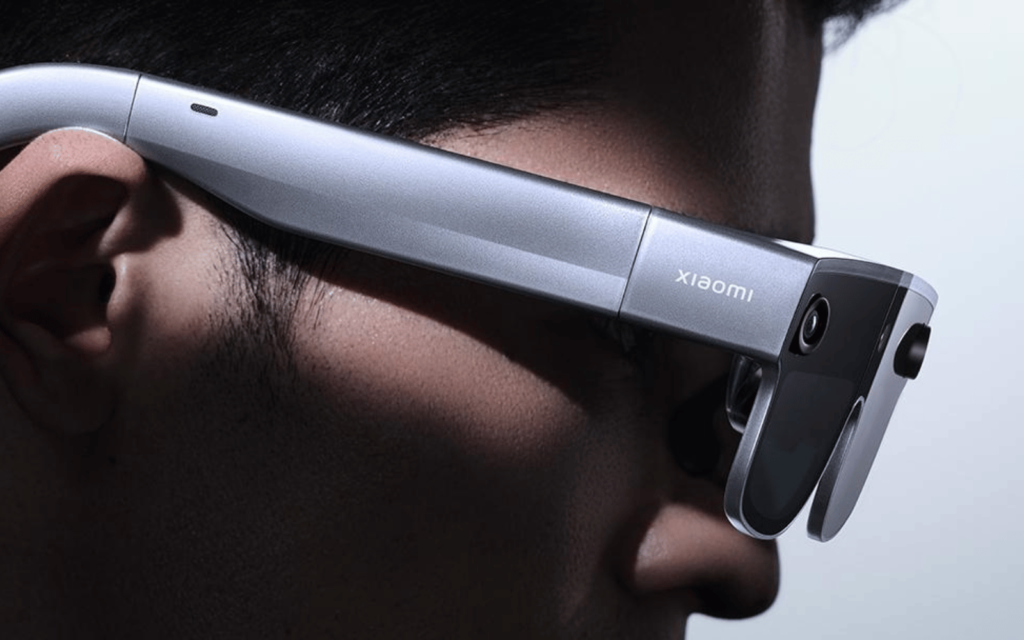Some companies are backing away from virtual and augmented reality. Others are running at it full tilt. You can count Xiaomi as one of the latter. The company certainly seems keen enough. The company’s new Wireless AR Glass Discovery Edition, set to be profiled at Mobile World Congress this year, uses the same chipset as Meta’s most recent VR headset.
The company’s new augmented reality glasses prototype has already been unveiled. The company says that the glasses use a new magnesium-lithium alloy and carbon fiber in their construction, which allows it to come in at 126 grams.
Xiaomi something new
Xiaomi Wireless AR Glass Discovery Edition features a lightweight yet sturdy design with a magnesium-lithium alloy structure and carbon fiber materials. Its electrochromic lenses allow for seamless access to reality and the virtual world at a single click. pic.twitter.com/FWANebc4Gp
— Lei Jun (@leijun) February 27, 2023
The glasses still look a little bulkier than we’d be totally fine with wearing. The bows are too thick to be entirely comfortable and, based purely on the images the company has released, it looks to be front-loaded with regards to weight.
Still, Xiaomi reckons it is onto something here. The glasses use electrochromic MicroLED screens to form a “retina-level” display, whatever that means. In pure numbers, Xiaomi’s Wireless AR Glass Discovery Edition features 58 PPD (pixels-per-degree). According to the company, humans stop seeing individual pixels at 60 PPD.
The electrochromic MicroLEDs let the glasses react to different lighting conditions, keeping the experience steady. It’s also capable of completely blacking out, potentially offering a VR headset-like experience. There’s a reason for that.
Read More: Billions have been sunk into virtual reality. To make it worth it, the industry needs to grow beyond its walled gardens
Xiaomi’s glasses sport the same processor found in the Meta Quest Pro — the Snapdragon XR 2 Gen 1. Like Meta’s hardware, it seems that these glasses require a smartphone to be connected. It’s not clear whether any processing will be offloaded onto the phone but the devices do need to be Snapdragon Spaces compatible. The company’s own 13 series of devices, obviously, is.
But the Xiaomi Wireless AR Glass Discovery Edition, while awfully cool-looking, remains a prototype. There’s no promise that this device will ever launch. If it does, it may not look like this and it may include fewer features. The key thing about augmented reality hardware is that folks have to be able to afford it. Meta learned that lesson with the Quest Pro, which stripped back a bunch of features while jacking up the price. It’s since been subject to several price cuts in an attempt to lure new users into the virtual world. The Chinese company will likely face similar challenges unless it manages to make these glasses awfully cheap.




